By Aditya Chakrabortty
Politicians promised that expansion would produce jobs and social mobility. Neither has materialised
In any other area it would be called mis-selling. Given the sheer numbers of those duped, a scandal would erupt and the guilty parties would be forced to make amends. In this case, they’d include some of the most eminent politicians in Britain.
But we don’t call it mis-selling. We refer to it instead as “going to uni”. Over the next few days, about half a million people will start as full-time undergraduates. Perhaps your child will be among them, bearing matching Ikea crockery and a fleeting resolve to call home every week.
They are making one of the biggest purchases of their lives, shelling out more on tuition fees and living expenses than one might on a sleek new Mercedes, or a deposit on a London flat. Many will emerge with a costly degree that fulfils few of the promises made in those glossy prospectuses. If mis-selling is the flogging of a pricey product with not a jot of concern about its suitability for the buyer, then that is how the establishment in politics and in higher education now treat university degrees. The result is that tens of thousands of young graduates begin their careers having already been swindled as soundly as the millions whose credit card companies foisted useless payment protection insurance on them.
Rather than jumping through hoop after hoop of exams and qualifications, they’d have been better off with parents owning a home in London. That way, they’d have had somewhere to stay during internships and then a source of equity with which to buy their first home – because ours is an era that preaches social mobility, even while practising a historic concentration of wealth. Our new graduates will learn that the hard way.
To say as much amounts to whistling in the wind. With an annual income of £33bn, universities in the UK are big business, and a large lobby group. They are perhaps the only industry whose growth has been explicitly mandated by prime ministers of all stripes, from Tony Blair to Theresa May. It was Blair who fed the university sector its first steroids, by pledging that half of all young Britons would go into higher education. That sweeping target was set with little regard for the individual needs of teenagers – how could it be? Sub-prime brokers in Florida were more exacting over their clients’ circumstances. It was based instead on two promises that have turned out to be hollow.
Promise number one was that degrees mean inevitably bigger salaries. This was a way of selling tuition fees to voters. Blair’s education secretary, David Blunkett, asked: “Why should it be the woman getting up at 5 o’clock to do a cleaning job who pays for the privileges of those earning a higher income while they make no contribution towards it?” When David Cameron’s lot wanted to jack up fees, they claimed a degree was a “phenomenal investment”.
Both parties have marketed higher education as if it were some tat on a television shopping channel. Across Europe, from Germany to Greece, including Scotland, university education is considered a public good and is either free or cheap to students. Graduates in England, however, are lumbered with some of the highest student debt in the world.
Yet shove more and more students through university and into the workforce and – hey presto! – the wage premium they command will inevitably drop. Research shows that male graduates of 23 universities still earn less on average than non-graduates a whole decade after going into the workforce.
Britain manufactures graduates by the tonne, but it doesn’t produce nearly enough graduate-level jobs. Nearly half of all graduates languish in jobs that don’t require graduate skills, according to the Chartered Institute of Personnel and Development. In 1979, only 3.5% of new bank and post office clerks had a degree; today it is 35% – to do a job that often pays little more than the minimum wage.
Promise number two was that expanding higher education would break down class barriers. Wrong again. At the top universities that serve as gatekeepers to the top jobs, Oxbridge, Durham, Imperial and others, private school pupils comprise anywhere up to 40% of the intake. Yet only 7% of children go to private school. Factor in part-time and mature students, and the numbers from disadvantaged backgrounds are actually dropping. Nor does university close the class gap: Institute for Fiscal Studies research shows that even among those doing the same subject at the same university, rich students go on to earn an average of 10% more each year, every year, than those from poor families.
Far from providing opportunity for all, higher education is itself becoming a test lab for Britain’s new inequality. Consider today’s degree factory: a place where students pay dearly to be taught by some lecturer paid by the hour, commuting between three campuses, yet whose annual earnings may not amount to £9,000 a year – while a cadre of university management rake in astronomical sums.
Thus is the template set for the world of work. Can’t find an internship in politics or the media in London that pays a wage? That will cost you more than £1,000 a month in travel and rent. Want to buy your first home? In the mid-80s, 62% of adults under 35 living in the south-east owned their own home. That has now fallen to 32%. Needless to say, the best way to own your own home is to have parents rich enough to help you out.
Over the past four decades, British governments have relentlessly pushed the virtues of skilling up and getting on. Yet today wealth in Britain is so concentrated that the head of the Institute for Fiscal Studies, Paul Johnson, believes “inheritance is probably the most crucial factor in determining a person’s overall wealth since Victorian times”.
Margaret Thatcher’s acolytes promised to create a classless society, and they were quite right: Britain is instead becoming a caste society, one in which where you were born determines ever more where you end up.
For two decades, Westminster has used universities as its magic answer for social mobility. Ministers did so with the connivance of highly paid vice-chancellors, and in the process they have trashed much of what was good about British higher education. What should be sites for speculative inquiry and critical thinking have instead turned into businesses that speculate on property deals, criticise academics who aren’t publishing in the right journals – and fail spectacularly to engage with the serious social and economic problems that confront the UK right now. As for the graduates, they largely wind up taking the same place in the queue as their parents – only this time with an expensive certificate detailing their newfound expertise.
For everyone’s sake, let us declare this experiment a failure. It is high time that higher education was treated again as a public good, as Jeremy Corbyn recognises with his pledge to scrap tuition fees. But Labour also needs to expand vocational education. And if it really wants to increase social mobility and reduce unfairness, it will need to come up with tax policies fit for the age of inheritance.
Source of the article: https://www.theguardian.com/commentisfree/2018/sep/20/university-factory-failed-tony-blair-social-mobility-jobs
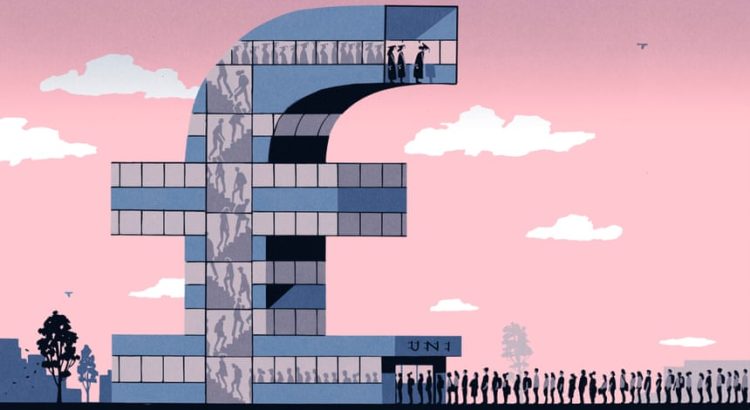
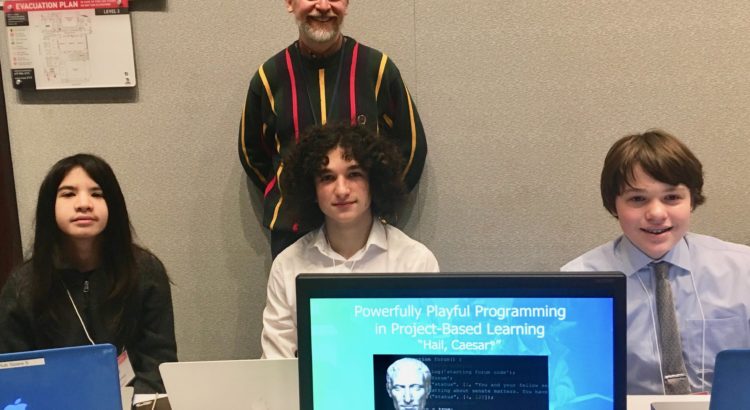

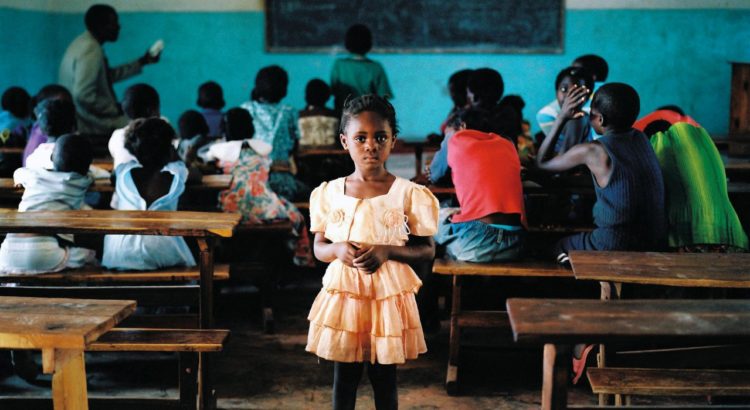

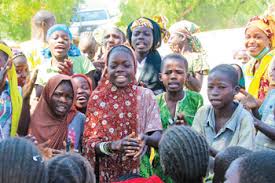
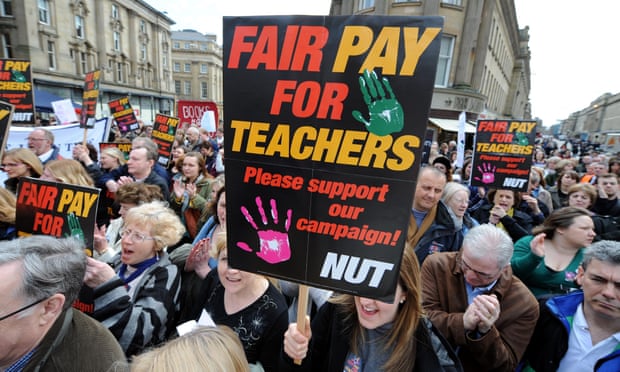






 Users Today : 44
Users Today : 44 Total Users : 35460253
Total Users : 35460253 Views Today : 59
Views Today : 59 Total views : 3418954
Total views : 3418954